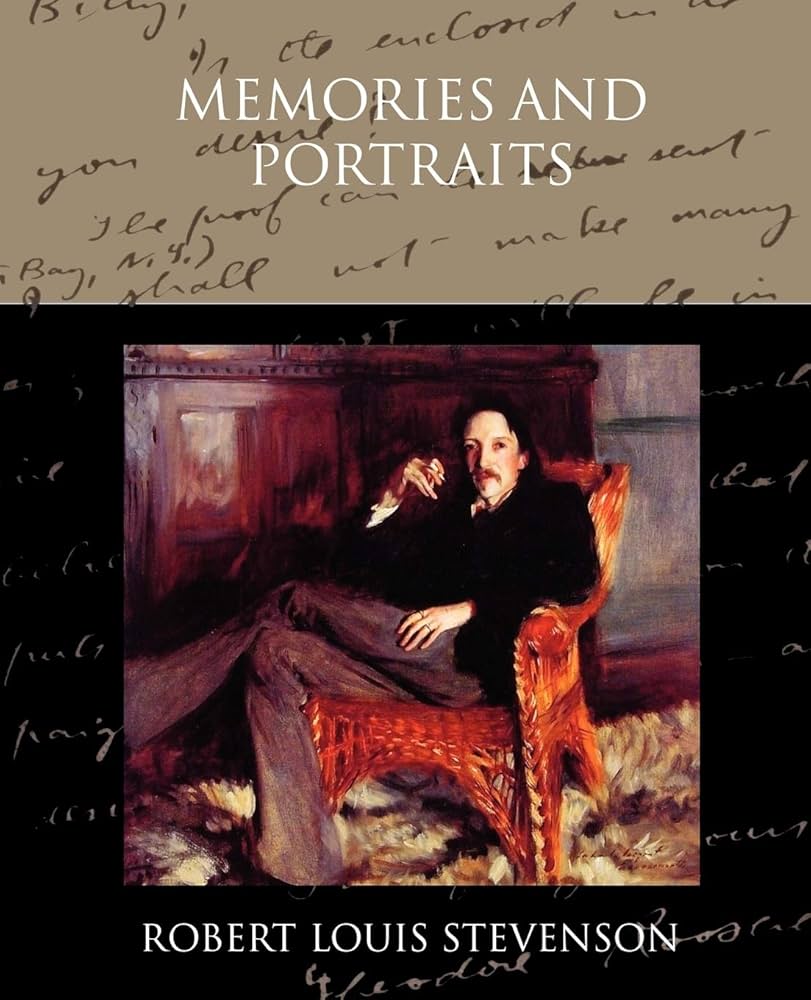Chapter XV — A Gossip on Romance
byChapter XV opens by suggesting that for the romantic reader and writer alike, the joy of fiction lies not in perfect wording but in the vivid feeling it awakens. Words serve merely as the bridge to imagination, and if they succeed in conjuring the desired vision, their elegance becomes secondary. Scott, for instance, often relied less on precision and more on evocation, allowing raw sentiment to lead the scene. His best passages can dazzle with energy, but this brilliance appears intermittently, embedded in a fabric less finely woven. Compared to Richardson or Defoe—who used disciplined, focused prose—Scott’s effect can feel spontaneous and changeable. Yet, this unpredictability also becomes a strength, mirroring the romantic spirit that shifts with mood and memory, never settling into a single, fixed form.
Stevenson continues by asserting that the true strength of romance lies in its ability to transport rather than instruct. He recalls how as a child, it wasn’t the literary quality that mattered, but the power to escape into unknown lands through mere pages. The ability of romance to stir vivid mental images, regardless of style or logic, represents a kind of magic unique to narrative. Books that gave him thrilling visions, even if awkwardly written, left deeper impressions than more polished works. In this view, the purpose of such fiction is not to dissect reality but to offer entry into something brighter, stranger, or more exhilarating. And this, Stevenson argues, is not a flaw but a rare triumph of the imagination—a moment when fiction becomes more than paper and ink.
He then critiques the obsession with structure and polish in storytelling. Where some authors strive for perfection, crafting language that is exact and immovable, others—like Scott—embrace a looser form to preserve spontaneity. This allows their characters and moments to feel alive, ever shifting and capable of surprise. In Scott’s case, this flexibility results in moments that stay with readers long after other stories fade. The wildness of his craft echoes nature itself—beautiful but untamed, marked by highs and lows. The stories that live longest in our minds, Stevenson suggests, are not always the best-written, but the most vibrantly imagined and felt.
Romantic literature, therefore, serves a purpose beyond mere entertainment. It speaks to the emotional needs of readers who long to feel wonder and adventure in everyday life. Stevenson illustrates how this genre helps people rehearse dreams, face imaginary dangers, or feel brave in a world that often stifles daring. These experiences, while fictional, give real courage and hope. The appeal of romance, then, lies in its emotional truth rather than in its technical finesse. Through it, readers explore parts of themselves that reality may never allow.
There’s a timeless quality to such tales, and Stevenson emphasizes that the best stories live not because they instruct, but because they stir something primal. Books like Robinson Crusoe endure because they awaken a survival instinct, a longing for self-reliance, or a craving for solitude and discovery. Such stories tap into deep emotional wells and provide readers with frameworks through which they understand themselves. Even when realism fails to resonate, romance can feel more honest, more vital, and more deeply human. The tales we remember aren’t always those with moral weight, but those that made us feel most alive.
In the final passages, Chapter XV suggests that literature must not always strive to mirror the world exactly, but should instead reveal its potential. The romantic story lifts the veil on a version of life where feelings are sharper, choices clearer, and the soul more courageous. Stevenson defends this not as childish escapism but as a noble pursuit—a mirror for the dreams people carry but rarely voice. Fiction, at its highest, is not bound by fact but by feeling. It asks what life could be, rather than what it already is, and in doing so, offers a richer, fuller vision of existence.

